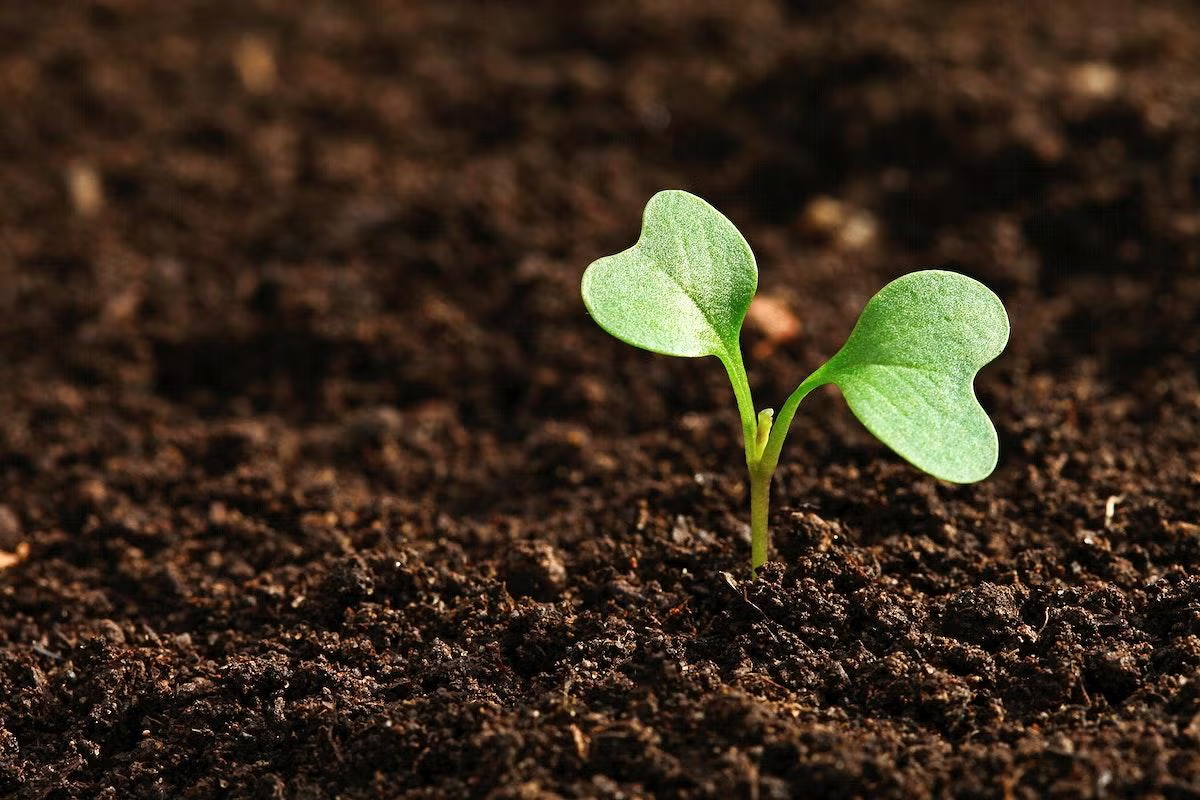Grades:
1st Grade
What is the life cycle of a butterfly? How do butterflies use their wings? Answers to these questions and more are in this engaging lesson. The challenge for the students is to create a butterfly
Featured
Dash Around the Table
Grades:
2nd Grade
This is about a one hour lesson where students work in small groups of 2-4 to get their robot around their table using estimation of centimeters. Students will write a program in Blockly that gets the
Spanish Retell of The Three Little Pigs -Los tres cerditos: y el lobo feroz using Beebots for Coding
Grades:
Kindergarten
• Student teams will work together in small groups to identify important story elements in a familiar story, then develop a plot diagram using Bee-Bots. • In a small group, students will use code to
Grades:
5th Grade
In this lesson students will explain all three of Newton’s laws of motions. Students will collaborate and communicate effectively with their peers to complete an engineering design challenge to design
Grades:
5th Grade, 6th Grade, 7th Grade, 8th Grade
Students learn how to identify the 3 axes an aircraft uses while in flight in this lesson. They learn key vocabulary and construct a model airplane to develop further understanding of flight!
Grades:
7th Grade
This is Task 4 (Lesson 4) of four tasks (lessons) of an overall project of “Escaping 7th Grade Science Room." Students will construct a marshmallow device to propel marshmallows at force and collect
Grades:
4th Grade
Students are experimenting on their own to find out which materials would create the best water filter, after reading The Water Princess and discussing water scarcity. This engaging lesson combines
Grades:
7th Grade
This is Task 1 (Lesson 1) of four tasks (lessons) of an overall project of “Escaping 7th Grade Science Room.” Students will be constructing a mini zip-line after reviewing concepts. Students will
Grades:
6th Grade
In this lesson, students will collaborate to design and engineer a product to contain and clean up an oil spill while saving the affected wildlife. They will also accurately complete an itemized
Grades:
7th Grade
In this interactive lesson, students take three days to create a maze using Gravitrax kits and pieces. Students then use their maze to create a model and explain where they see Newton's Laws of Motion
Grades:
5th Grade
Within this hands-on lesson, students use the engineering design process to create a device that will protect an egg from a two-story drop. They work within small groups and test their creation and
Grades:
4th Grade, 5th Grade
Students will be working with creating series and parallel circuits. Students will gain an understanding of the components used to create circuits and how circuits function in our everyday lives.
Grades:
5th Grade
Students will use multiple modes of learning to learn about how force is affected by mass changes. The book Newton and Me will be read aloud and used for a discussion. Finally students will construct
Grades:
4th Grade, 5th Grade
In this hands-on lesson, students will explore how speed is calculated, what inertia is and apply it to Newton’s Laws of Motion. They use the engineering design process to construct race cars out of
Grades:
5th Grade
Students experience the process of creating a whole elevator-shaft design complete with a car and a pulley system. They will experience an integrated STEAM lesson with combined content from Science
Grades:
5th Grade
In this engaging lesson, students work together to design a water filtration system to separate pollutants from water. This lesson takes about 120 minutes to complete. Various resources are included!
Grades:
1st Grade
In this hands-on lesson, students use the engineering design process to create a balloon powered car that travels at least 5 feet. This is a fun and engaging way for students to experience science in
Featured
Introduction to Vermicomposting
Grades:
Kindergarten, 1st Grade, 2nd Grade, 3rd Grade, 4th Grade, 5th Grade
The objective of this lesson is to introduce students to vermicomposting by explaining what it is and getting our bins set up. Students learn about recycling, share a read aloud, watch a video and
Grades:
6th Grade, 7th Grade
Students will learn basic concepts of physics, including velocity, motion, and vector. S tudents will develop and use a model to predict how forces act on objects at a distance. Finally students will
Grades:
7th Grade
This is Task 3 (Lesson 3) of four tasks (lessons) of an overall project entitled “Escaping 7th Grade Science Room”. Students will construct a 3D model of both an animal cell and human cell. They will
Grades:
5th Grade
Students will view and create examples of energy transfer in this activity that explores chain reactions. Students will summarize their learning and draw a model of their results.
Grades:
5th Grade
Summary: This lesson is a precursor to subsequent lessons comparing how garden growing techniques determine plant growth/production. Students will be activating prior knowledge in the life sciences
Grades:
2nd Grade
In this engaging lesson, students discover what a volcano is and what causes it to erupt. There is a literacy integration, video resources, and other helpful information included.
Grades:
3rd Grade, 4th Grade
This is lesson 4 out of a unit of 4 lessons about habitats. In the proceeding lessons, students researched habitats and animal adaptations. This lesson is a presentation of information using a variety
Featured Lesson Plans
Check out these notable lesson plans.

Featured
Saltwater vs. Freshwater
Grades:
5th Grade
In this lesson students will show the proportion of freshwater compared to saltwater on Earth. Students will define the problem of having a limited amount of fresh water using evidence gathered from

Grades:
7th Grade
In this outstanding lesson, teachers facilitate students to design and build Meet Edison Robots for Cougar Clash “BattleBot” robot battle classroom tournament. (We named ours Cougar Clash as your

Grades:
2nd Grade
This is the final lesson for the How do sunflowers grow? unit. In this lesson, students will plant their sunflowers outside. They will continue to monitor the growth of their sunflowers. They will


